Orcas, also known as killer whales, are among the ocean’s most majestic and formidable predators. These marine mammals have fascinated scientists and the public alike due to their intelligence, complex social structures, and striking appearance. While most orcas are already impressive creatures, occasionally, reports of extraordinarily large individuals capture our attention. This article delves into the world of the largest orca ever spotted, exploring the fascinating aspects of these ocean giants.
Introduction to Orcas

Orcas belong to the dolphin family and are the largest members of this diverse group of toothed whales. Known for their distinctive black and white coloring, orcas are highly social animals, often living in pods that exhibit intricate social hierarchies and cooperative behaviors. Understanding these majestic creatures allows us to appreciate their role in the marine ecosystem and the wonders of the natural world.
The Record-Breaking Orca: What We Know

The largest orca ever spotted has drawn significant attention, largely due to its uncommon size. Although details about specific sightings remain sparse, some reports indicate this giant might exceed the typical orca size, reaching potential lengths of up to 30 feet. These reports highlight the natural variability within the species and raise intriguing questions about the factors contributing to such exceptional growth.
Typical Characteristics of Orcas
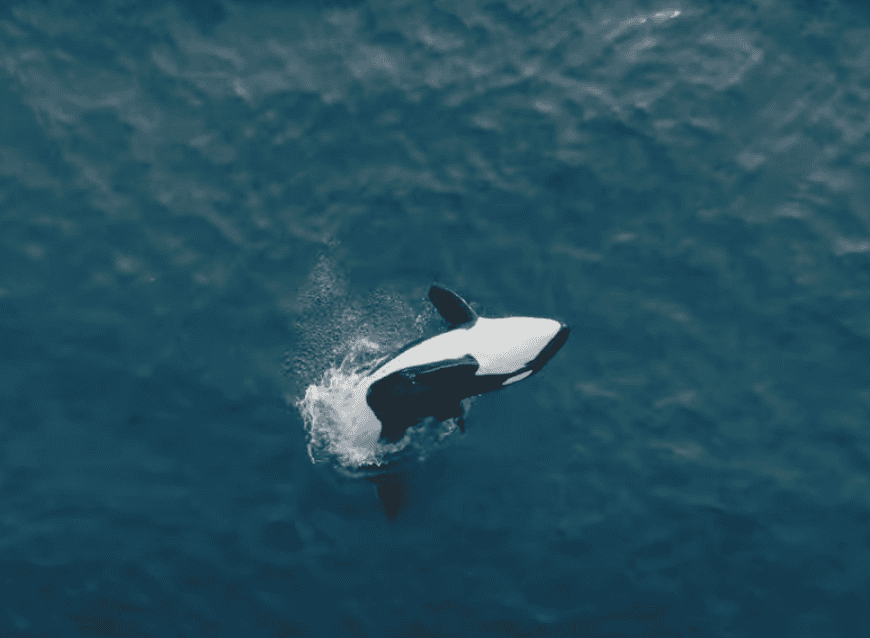
Generally, adult male orcas range from 20 to 26 feet, while females are slightly smaller, measuring between 16 and 23 feet. Their weight can range from 5,000 to 12,000 pounds, with males significantly larger than females. These dimensions provide a baseline against which unusually large orca sightings are measured, emphasizing the significance of spotting an exceptionally large individual.
Diet and Hunting Habits
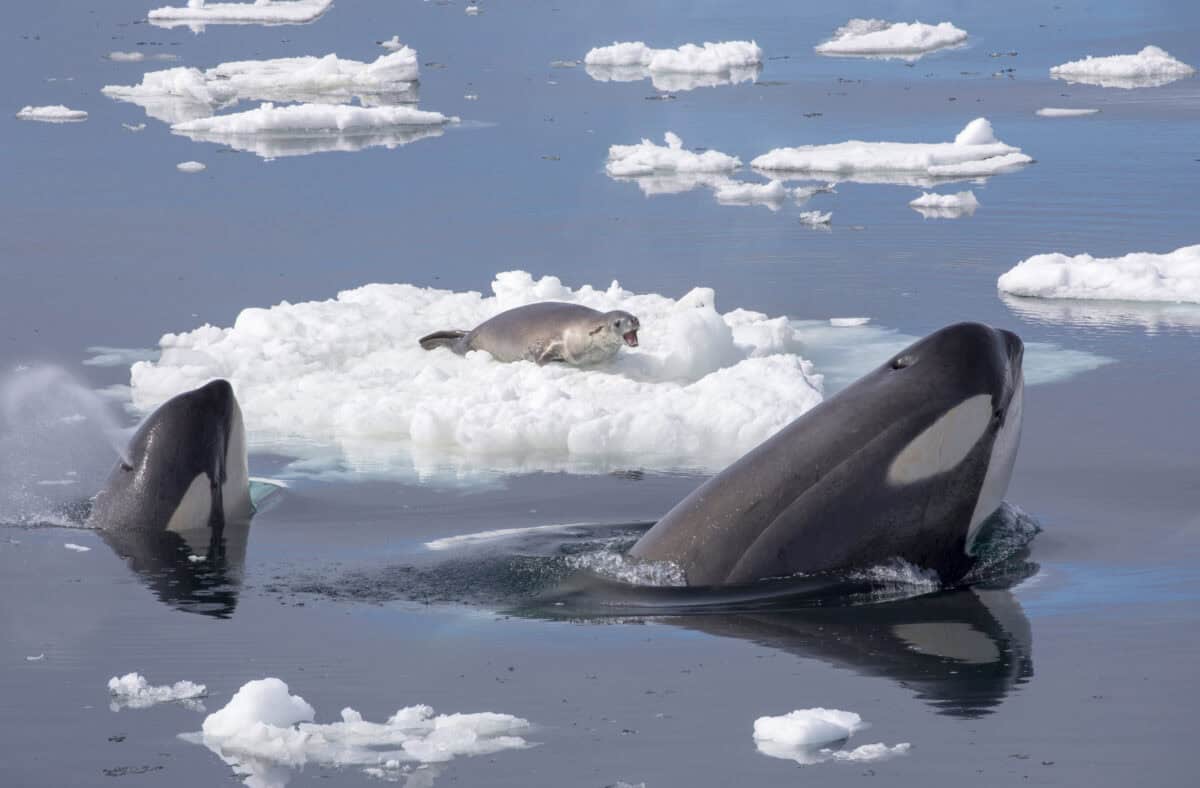
Orcas are apex predators, feeding on a diverse diet that includes fish, squid, and marine mammals. They employ sophisticated hunting techniques, often working together to herd prey or using echolocation to locate food. The hunting strategies of orcas provide a window into their intelligence and adaptability, as well as the importance of pod cooperation in securing sustenance.
Social Behavior and Pod Dynamics

Orcas are intensely social, living in family groups known as pods. These pods are typically matrilineal, with offspring remaining with their mothers for life. Strong social bonds facilitate complex communication systems and coordinated behaviors, which are essential for hunting and navigation in the vast ocean. The dynamics within a pod can influence everything from hunting techniques to migration patterns.
Echolocation and Communication

Orcas possess a sophisticated ability to echolocate, using sound waves to navigate and hunt in their underwater environment. This capability is complemented by their diverse range of vocalizations and calls, which serve both practical communication and social interaction purposes. Vocal learning and song variations have been documented among different pods, emphasizing the cultural richness within orca communities.
The Lifespan and Health of Orcas
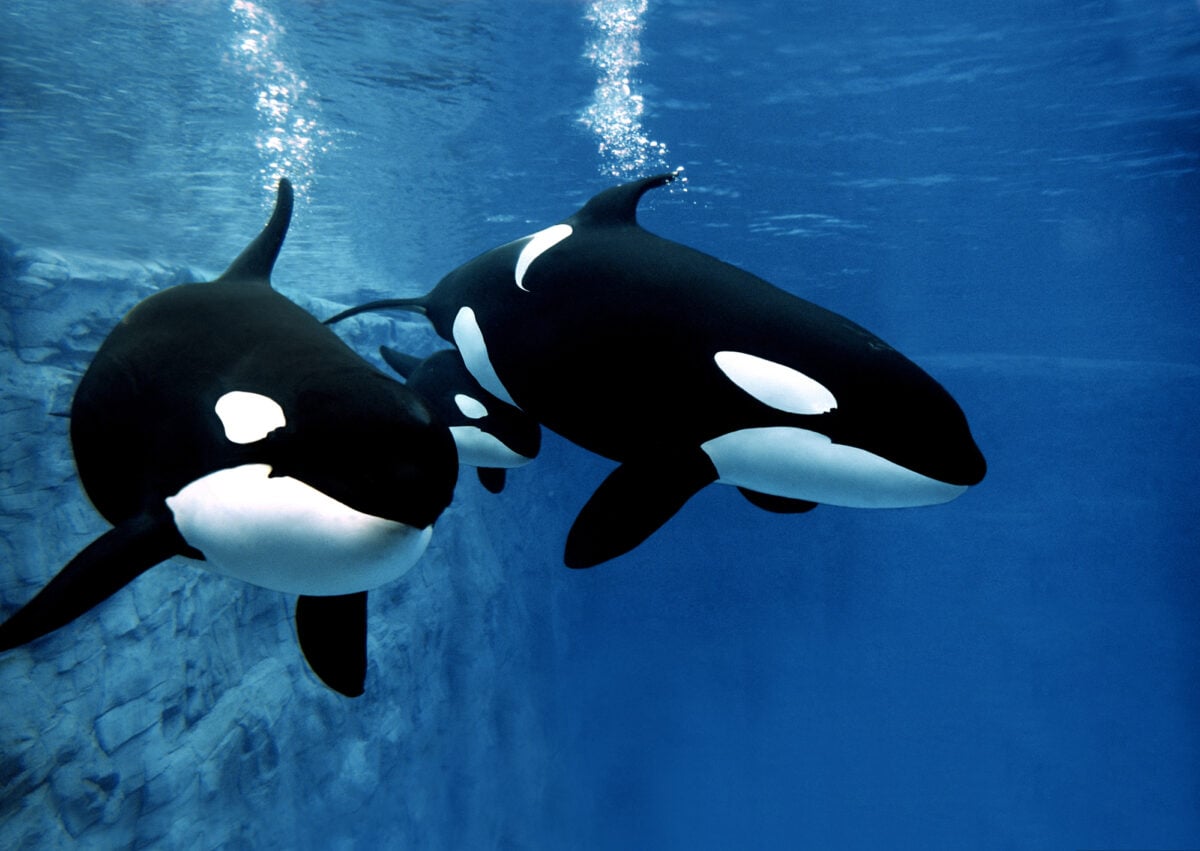
Orcas can live up to 60 years in the wild, with some individuals known to reach 90 years of age. The health of these animals is influenced by factors like diet, social structures, and environmental stressors. Monitoring orca health is crucial for conservation efforts, as it can offer insights into both individual well-being and broader ecological changes.
Habitat and Distribution
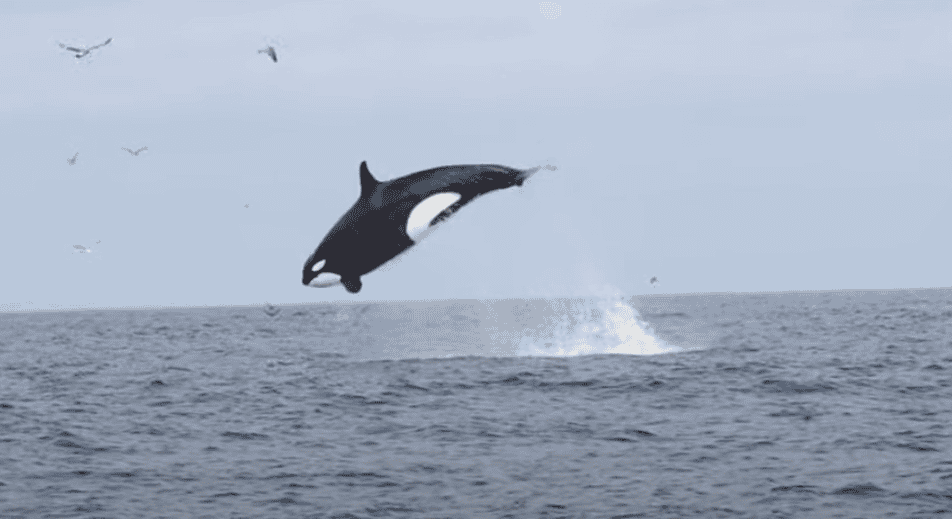
Orcas are found in oceans around the world, from the icy waters of the Arctic to the temperate climates of the Pacific Northwest. They tend to prefer colder and deeper waters, though they are capable of thriving in diverse marine environments. Their widespread distribution underscores their adaptability and role as significant marine predators in various ecosystems.
Conservation Concerns

Despite their wide range, orcas face numerous threats, including habitat degradation, pollution, and climate change. Issues like dwindling prey availability and increased boat traffic also pose significant challenges. Conservation efforts are vital to ensuring the future of orca populations, with measures ranging from protected marine areas to stricter regulations on pollution and commercial activities.
Orca Intelligence and Problem-Solving Abilities

Orcas are renowned for their intelligence, exhibiting advanced problem-solving skills and the ability to learn new behaviors. This intelligence is often showcased in their complex play and social behaviors, as well as their ability to adapt to changing environmental conditions. The capacity for innovative solutions to challenges reflects the cognitive sophistication that sets orcas apart within the animal kingdom.
The Cultural Significance of Orcas
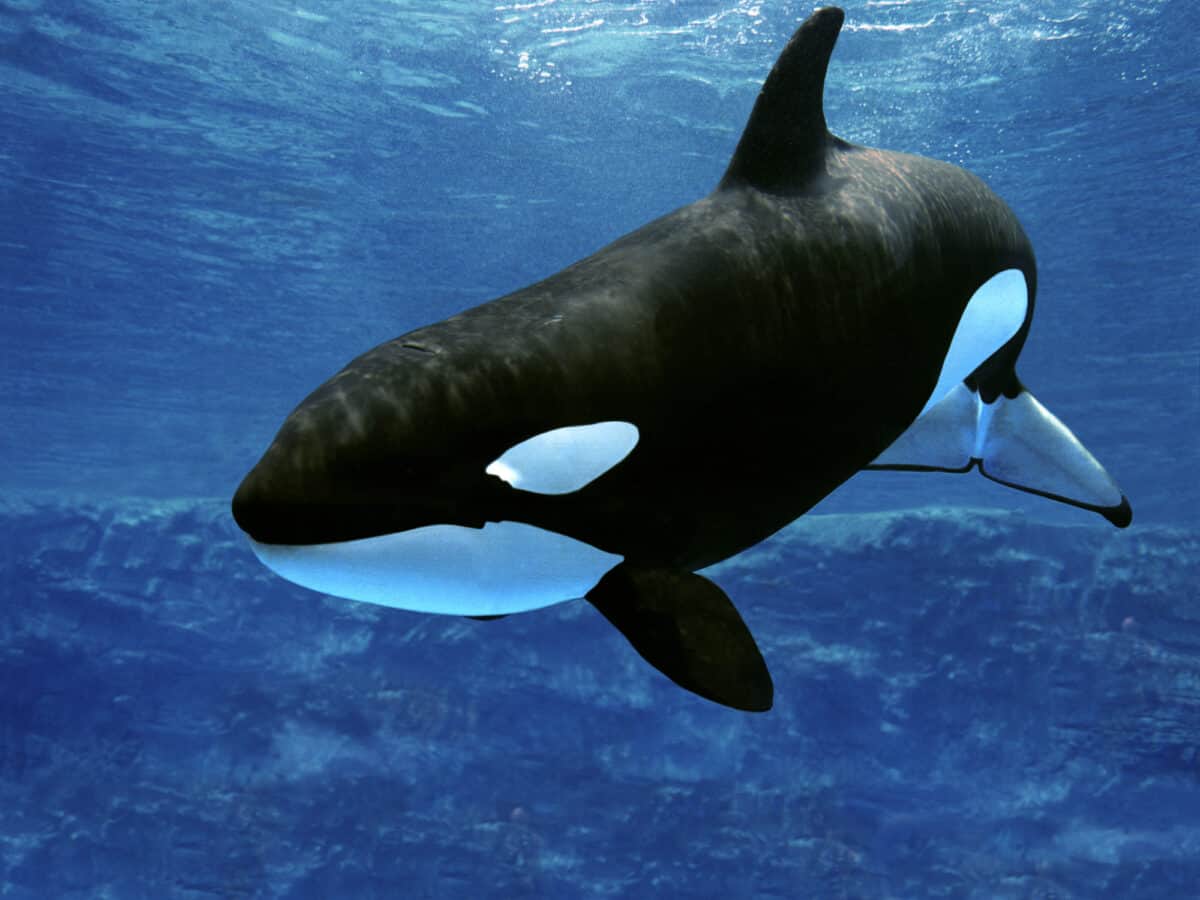
Throughout human history, orcas have held cultural significance for many indigenous and coastal communities. They often feature prominently in mythology and are revered as symbols of strength and unity. Understanding the cultural connections with orcas emphasizes the need for respectful coexistence and encourages conservation strategies that honor these relationships.
Conclusion: The Majesty and Mystery of Orcas
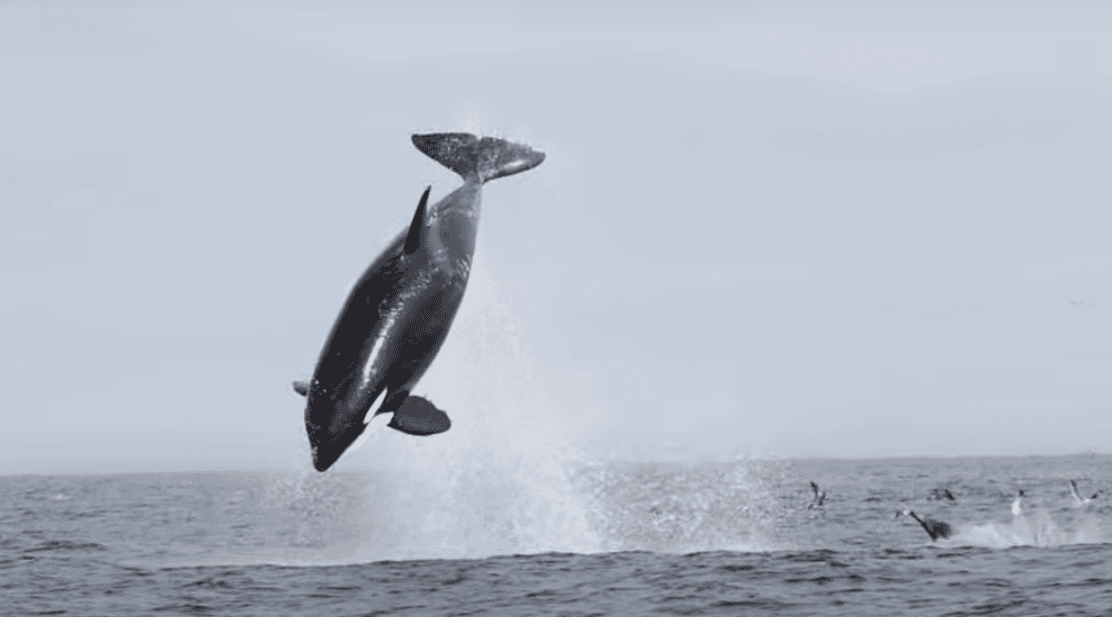
The sighting of the largest orca ever recorded intensifies our fascination with these extraordinary creatures. Orcas embody the complexity and beauty of the natural world, reminding us of the delicate balance within marine ecosystems. As we continue to study and protect orcas, we reinforce our commitment to preserving the rich diversity of life in our oceans. Every discovery in the realm of orcas contributes to our broader understanding of nature and our place within it.
- The Biggest Freshwater Fish Ever Discovered - August 25, 2025
- A Volcano Eruption Reveals Thousands of Hidden Sea Creatures - August 25, 2025
- How Golf Courses Impact Local Wildlife — For Better or Worse - August 25, 2025

